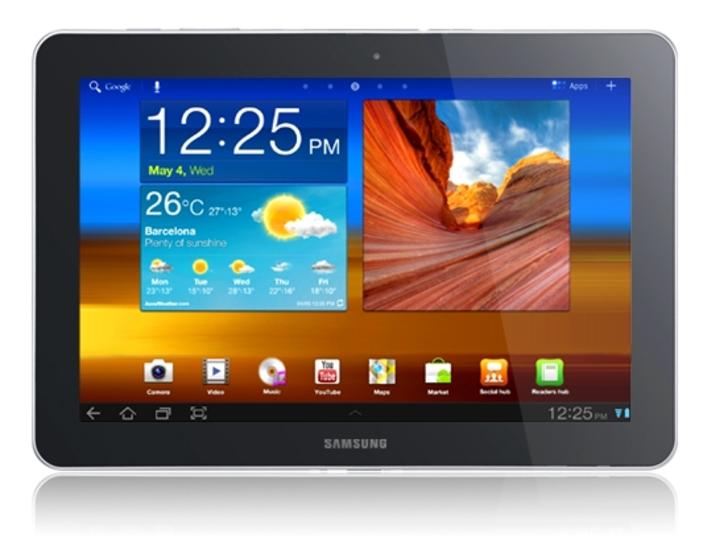Artemis Mission to Hunt for Lunar Ice

NASA’s Artemis Mission: Returning Humans to the Moon
Three High‑Tech Instruments to Explore the Lunar Surface
NASA is preparing for a major leap in lunar exploration by deploying a trio of advanced devices. Two instruments will be mounted on a new Lunar Terrain Vehicle (LTV), capable of carrying astronauts or operating remotely. The third instrument will collect data from orbit.
What Is the LTV?
The LTV is a key component of the Artemis program’s search for a permanent lunar base. It is the first crew‑driven vehicle to operate on the Moon in more than five decades, following the Apollo 17 mission of 1972.
Design Capabilities
- Can carry up to two astronauts
- Operates remotely without a crew
- Expands NASA’s science and exploration goals across a wide swath of lunar terrain
Why the Artemis Program Matters
The Artemis program’s ultimate goal is to establish a lunar base that will serve as a launchpad for future human missions to Mars. By re‑establishing a human presence on the Moon, NASA is paving the way for humanity’s first interplanetary voyage.

Will the Moon Spark Earth‑Bound Conflict?
The Moon’s potential resources could become the next frontier for geopolitical tension. While the focus remains on scientific discovery, the possibility of a future resource battle is a topic that has already sent waves through many governments.
Key Instruments on the Horizon
- AIRES – The Artemis Infrared Reflectance and Emission Spectrometer will map minerals and volatiles across the Moon’s south polar region.
- L‑MAPS – The Lunar Microwave Active‑Passive Spectrometer will probe the subsurface to identify ice and reveal the Moon’s internal structure.
AIRES: Mining the Surface
The AIRES instrument will capture spectral data overlaid on visible light images, both for specific features and for wide panoramas. By identifying, quantifying, and mapping the locations of lunar minerals and volatiles such as water, ammonia, and carbon dioxide, it offers a clearer picture of the Moon’s surface makeup.
What Volatiles Tell Us
- Water – A key resource for future lunar habitats.
- Ammonia – Potential for advanced fuel systems.
- Carbon dioxide – A marker of the Moon’s thermal history.
Beyond the Surface: L‑MAPS
The L‑MAPS instrument suite combines a spectrometer with a ground‑penetrating radar. It will measure temperature, density, and subsurface structures to depths exceeding 131 feet (40 meters). This data will not only locate possible ice reserves but also serve to uncover clues about the history of rocky worlds in our solar system.
A Team Led by Matthew Siegler
- University of Hawaii at Manoa – The L‑MAPS team is headed by Matthew Siegler.
- Historical Insights – An aim of the mission is to reveal how everyday rocky bodies evolved.
While the goal remains centered on scientific advancement, the Moon’s resource potential keeps the conversation open about future disputes and the possibility of an Earth‑bound conflict over lunar assets.

Exploring the Moon with UCIS‑Moon
The Ultra‑Compact Imaging Spectrometer for the Moon (UCIS‑Moon) will orbit the lunar surface, delivering regional context to discoveries obtained by the Artemis Lunar Terrain Vehicle (LTV). From orbit, UCIS‑Moon will map the Moon’s geology, measure volatiles, and gauge how human activity alters those volatiles.
Guiding Lunar Sample Collection
UCIS‑Moon will identify scientifically valuable locations for astronauts to collect lunar samples. Its wide‑field images provide overall context for the precise sites where samples will be gathered.
High‑Resolution Lunar Data
With the highest spatial resolution to date, UCIS‑Moon will reveal surface lunar water, mineral composition, and thermophysical properties.
Implications for Lunar Exploration
Associate Administrator Nicky Fox, Science Mission Directorate, said:
- “The Artemis LTV will transport humanity farther than ever before across the lunar frontier on an epic journey of scientific exploration and discovery.”
- “By combining the best of human and robotic exploration, the science instruments selected for the LTV will make discoveries that inform us about Earth’s nearest neighbour as well as benefit the health and safety of our astronauts and spacecraft on the Moon.”
These instruments will enable scientists to characterise the lunar surface not only where astronauts explore, but also across the Moon’s south polar region, opening further opportunities for scientific discovery.




